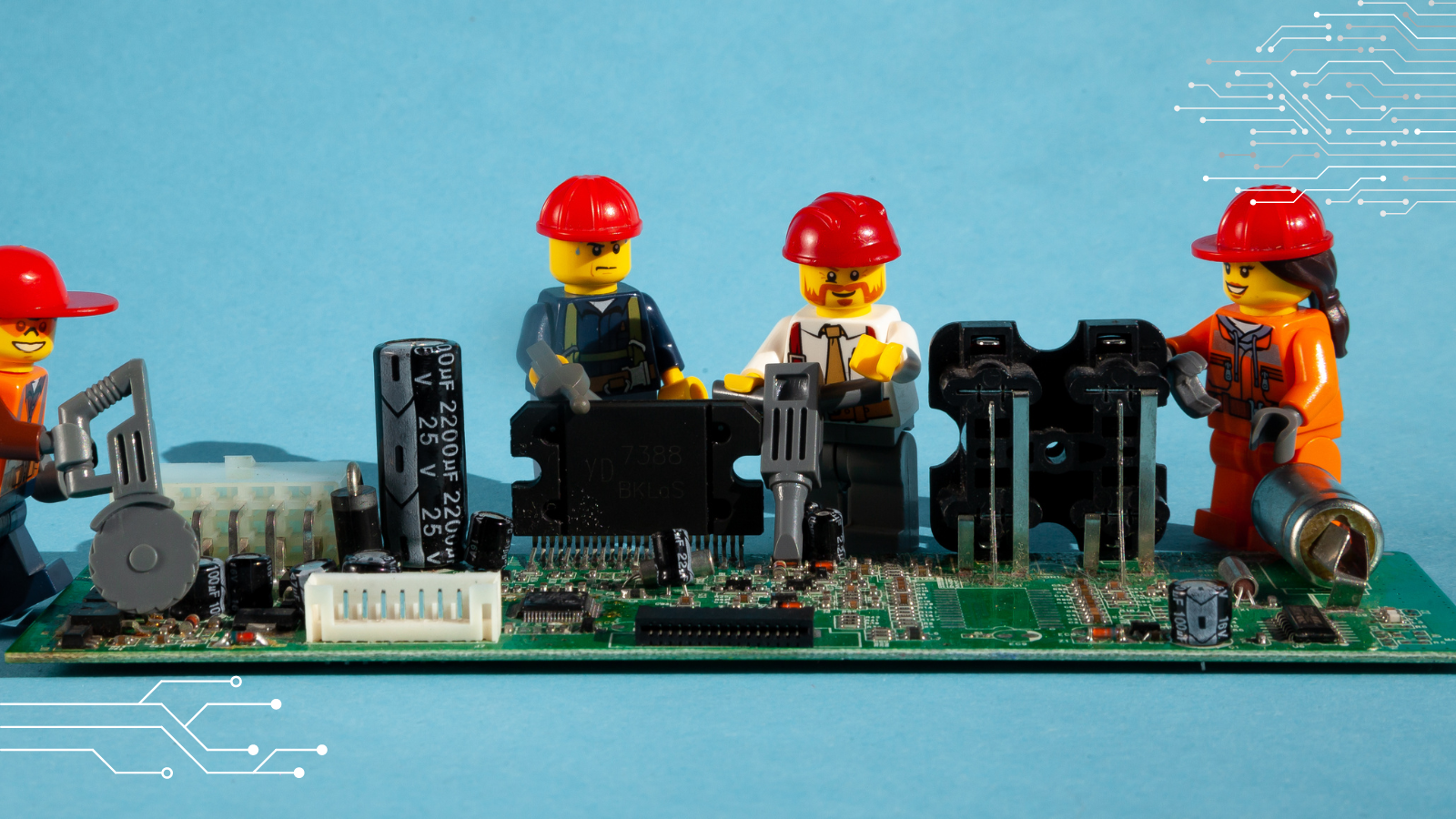As technology keeps getting smarter, the fundamentals of your system stay the same. Your BIOS is a cornerstone of your gaming PC. Every time you switch it on, your BIOS configures your hardware to hand it off to a boot device. The term was first coined in 1975 by Gary Kildall, an American computer scientist, and was first incorporated into a personal computer in 1981.
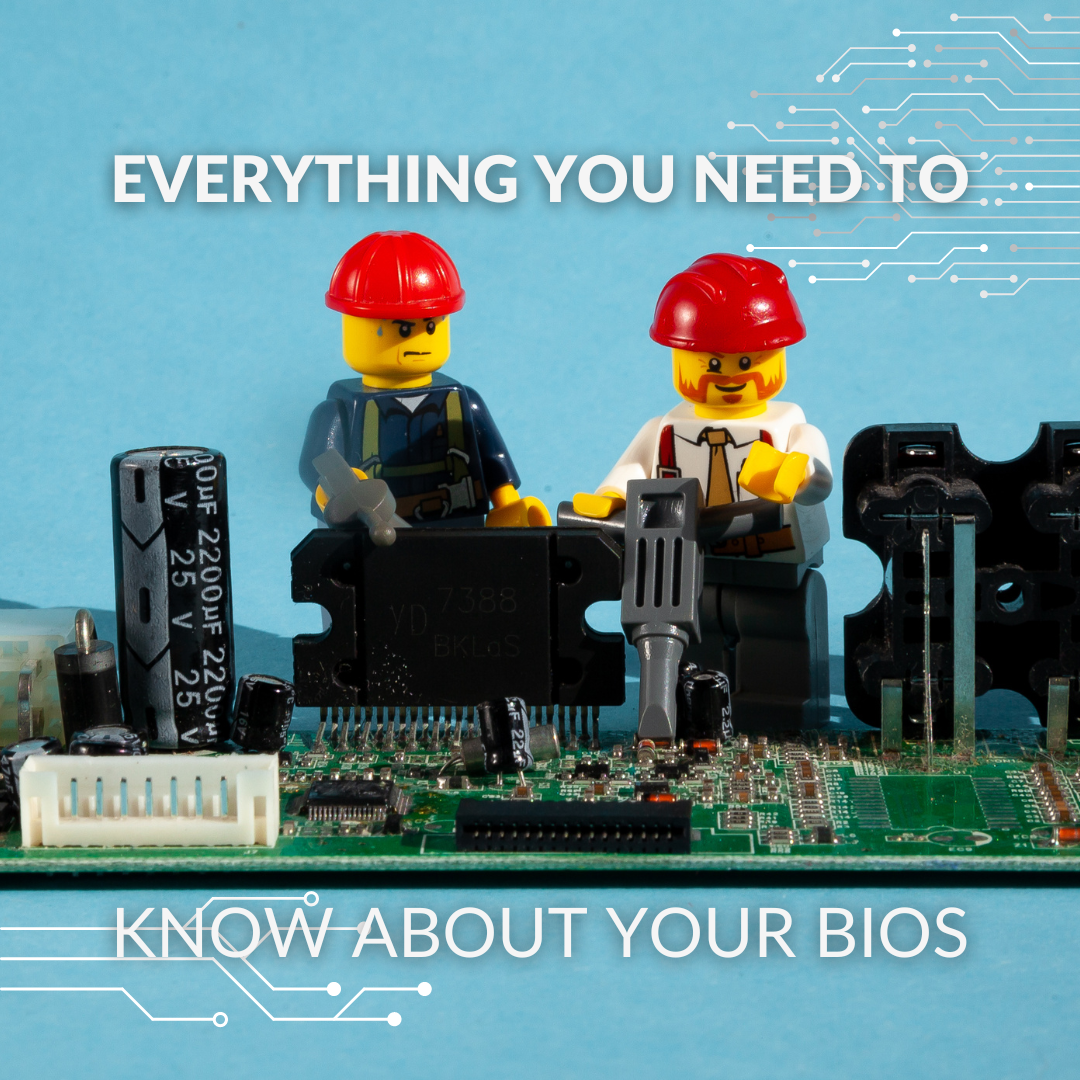
While Intel is planning to supplant it in their hardware in favour of Unified Extensible Firmware Interface (UEFI), BIOS is more than likely the program of choice for your PC right now. That’s why it’s good to understand what it does and how you can manage it.
What Is Your BIOS?
BIOS stands for basic input/output system. It’s a built-in core processor software that’s responsible for booting up your system. You’ll typically find it embedded as firmware on a chip on your motherboard. When you power your computer on, the microprocessor uses the BIOS to provide instructions to boot. Its first job is to determine whether all the necessary hardware, including a boot device, is in place and operational. After testing that everything is operating as it should, the BIOS loads the OS (operating system) into the RAM from a hard disk or drive.
In essence, your BIOS will act as a middleman for your PC, managing data flow between your computer’s OS and attached devices such as your keyboard, printer, or mouse. Because it is on an erasable programmable read-only memory (EPROM) chip it can always be located and accessed by the microprocessor. This is in contrast to your OS, which is installed on a drive separate to your motherboard either by yourself or the manufacturer.
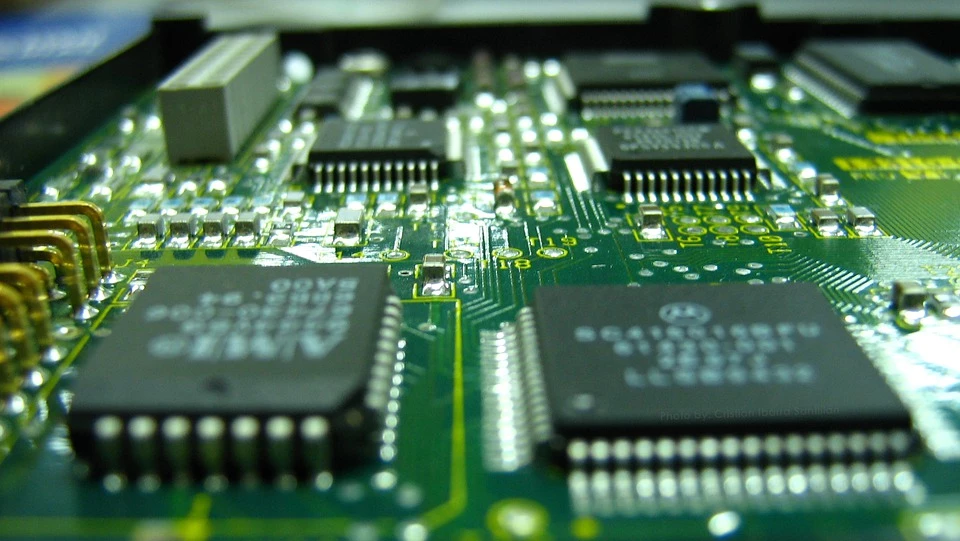
What Does Your BIOS Do?
As well as helping your microprocessor load your operating system, your BIOS has additional functionality. These can be broken down into four key responsibilities.
Power-ON Self Test (POST)
We mentioned this earlier without naming it, but the test your BIOS runs to check everything is operational is known as a POST. It checks everything from attached peripherals and your disk drive to your RAM speed. As it only takes a few seconds to perform you won’t notice it most of the time. However, when it comes up with an error you will certainly clock it. An error message will display in the form of either text or a series of beeps. The beeps are specific signals, so you will need to check what they mean for your hardware. Some motherboards have an LCD that displays the current post or error code. To understand the code simply look at the relevant section in your motherboard’s manual.
CMOS Setup
There’s a special little battery called the Complementary Metal-Oxide Semiconductor or CMOS on your motherboard. It provides constant power so all manner of low-level settings can be saved. This includes the system time, the hardware configuration, and any changes to your BIOS structure. Removing your CMOS battery would automatically reset your BIOS, wiping custom profiles but also potentially fixing stability issues. We have a full guide from the Overclockers UK Academy to resetting your BIOS to help you fix these problems.
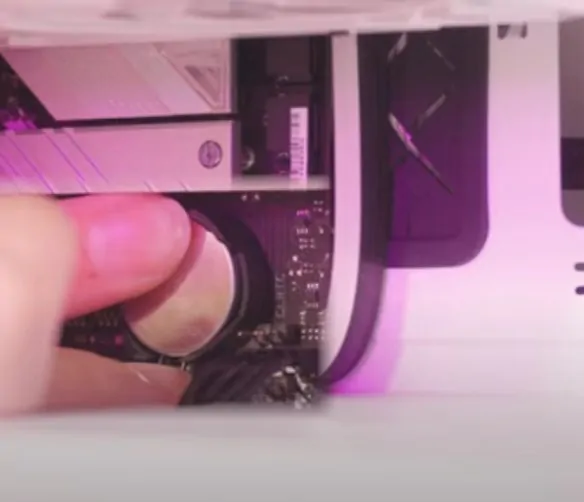
Bootstrap Loader
This program lives within your PC’s erasable, programmable, read-only memory (EPROM) along with your BIOS. The bootstrap loader’s job is to read the boot sector of your hard drive, facilitating your OS’s load to your RAM. It’s what will specifically trigger the POST when restarting your system.
BIOS Drivers
There are many programs and low-level routines that give BIOS its name. These are collectively your BIOS Drivers and manage many of the functions we’ve gone over, such as the OS interfacing with your peripherals.
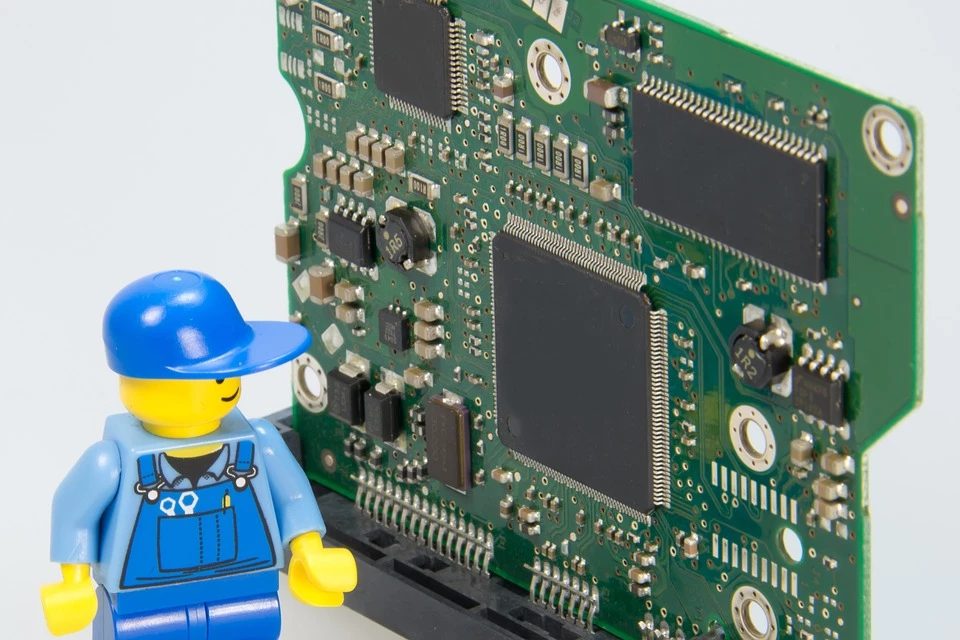
When Should You Update Your BIOS?
A lot of people will rightfully caution against updating your BIOS. This is because a newer firmware revision runs the risk of bricking your motherboard. While it’s perfectly harmless to check if you are running the latest version from your manufacturer, there are only two reasons to actually update. The first is to fix bugs. If the manufacturer lists a fix for a bug you are dealing with under a new firmware revision, you should of course update your BIOS.

The other reason is if you are upgrading your CPU. Should it be newer than your motherboard, it will need up-to-date firmware to work with it. It’s important to first make sure that your CPU and motherboard are compatible, but also that there is a firmware update available that allows them to work together. When you are confident, you can update by accessing your BIOS.
How to Access Your BIOS
There are times where you need to access your BIOS to check and update it. Gaming laptops and PCs with Windows 10 make this very easy for you with two methods.
The first method requires you to use a hotkey during the brief POST process in the startup. The hotkey in question depends on the brand of PC you have. Different manufacturers assign the BIOS a different key, sometimes asking multiple keys to be pressed in conjunction or in succession. Thankfully you can usually find this information on their website. Once you know your assigned BIOS hotkey, just press it while your computer boots to retrieve the utility screen. This method also works on older operating systems, such as Windows 7, Vista, and XP.
The second method, which is preferable with Windows 10’s superfast boot speeds, can be accessed via your settings. Your computer will restart during this process. From “Settings” go into “Update & Security”. Then select “Recovery” and scroll down to find the button for “Restart now” which allows you to reboot your PC for configuration. As your system restarts, you will get a special menu with the option to “Troubleshoot”. After selecting that you will get a window where you can select “Advanced options” and finally “UEFI Firmware Settings”. You will then have entered your BIOS. This method also works if your PC is running Windows 8 or 8.1.
How to Reset Your BIOS with the OcUK Academy
One way to troubleshoot your PC not turning on is to reset your BIOS.

We have a written step-by-step guide accompanied by a full video tutorial to help you through the process.
Need to learn more about your PC? We have a growing playlist of OcUK Academy videos to help you with your gaming PC.
Take the Guesswork Out of Hardware
If you want to make sure your motherboard and CPU work hand in hand out of the gate, we have just what you need here at Overclockers UK. Our team of experts has curated these special discount bundles, packing together components that work together cohesively for ultimate gaming performance.
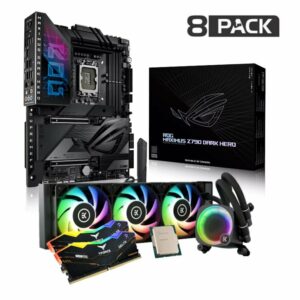
8Pack Elite – Asus ROG Z790 Dark Hero – Intel i9 14900KS TVB Overclocked Bundle
- Intel Core i9-14900KS TVB overclocked CPU
- ASUS ROG Z790 Dark Hero ATX DDR5 Motherboard
- 32GB dual-channel DDR5 RAM at 7600MHz
- Configurable options
8Pack Elite Tier – Asus Crosshair X670E Hero – AMD Ryzen 9 7950X3D PBO2 Tuned Bundle
- AMD Ryzen 9 7950X3D PBO2 tuned CPU with 3D V-Cache
- ASUS Crosshair X670E Hero DDR5 ATX Motherboard
- 32GB dual-channel AMD EXPO DDR5 RAM at 6000MHz
- Configurable options
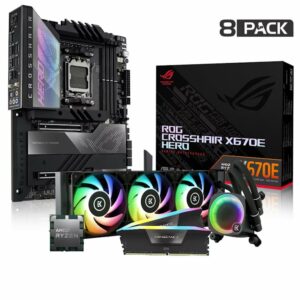

These overclocked bundles have been fine-tuned by 8Pack himself, to facilitate elite-tier performance in a range of tasks. Check out the Overclockers UK Academy guide on how to switch between overclocking profiles so you can get the best out of this hardware.
What Do You Want to Know About Next?
We’re here to share the PC love and if there is something you don’t understand about your PC, let us know! The Overclockers UK blog is packed with handy articles to help you, and we can write one if we don’t have something that already answers your burning questions!
